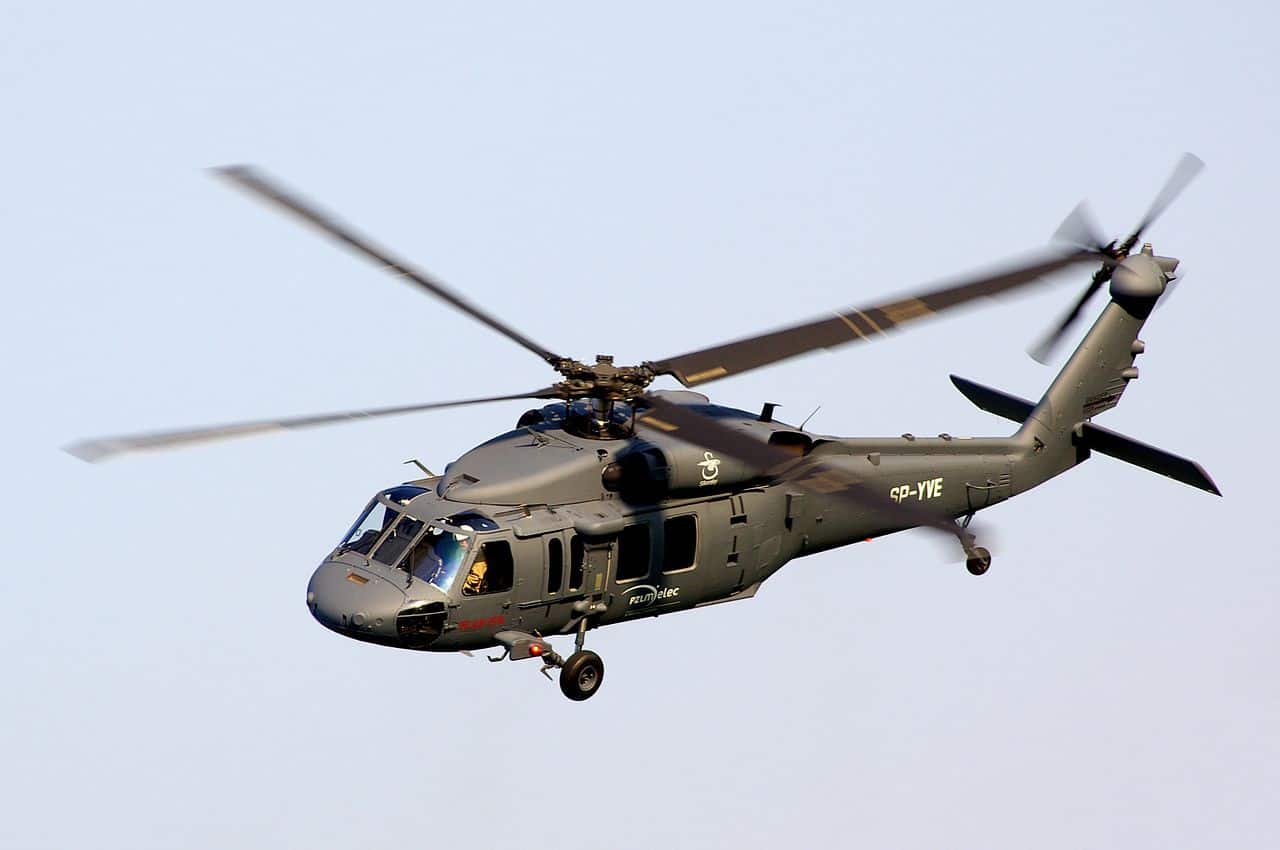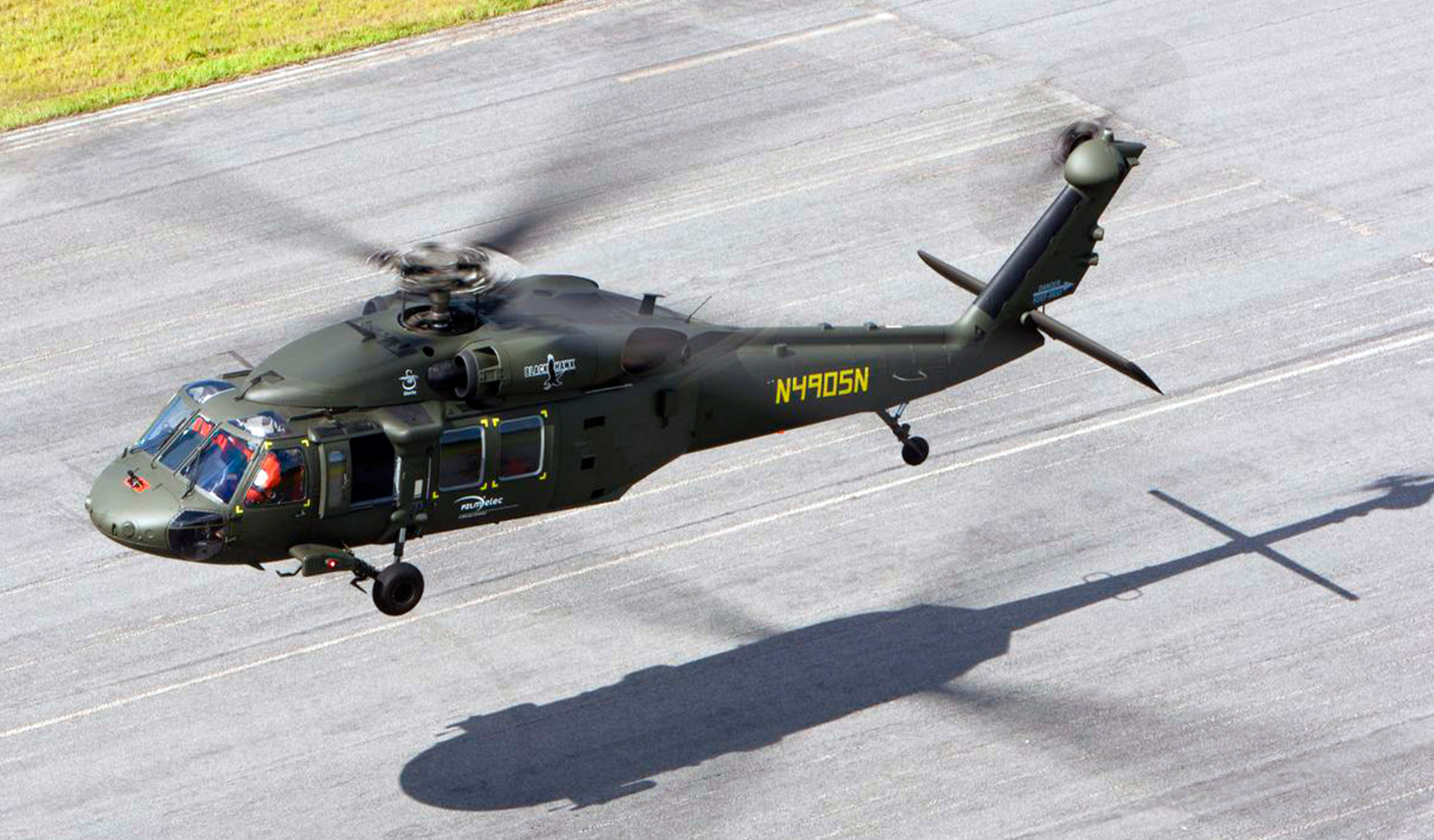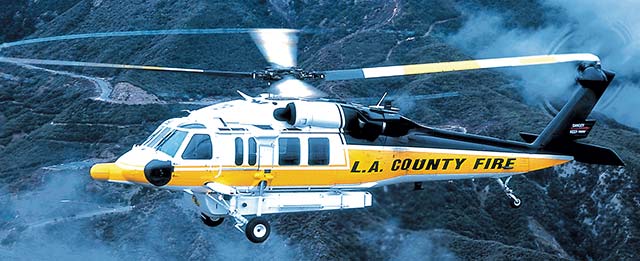Why the Sikorsky S 70 is the Preferred Choice for Modern Helicopter Missions
Why the Sikorsky S 70 is the Preferred Choice for Modern Helicopter Missions
Blog Article
High-Performance Multi-Role Rotorcraft Featuring Advanced Cabin Technologies and Integrated Sensor Solutions
The world of rotorcraft technology has seen significant developments in recent times, especially in the world of high-performance multi-role rotorcraft outfitted with sophisticated cockpit innovations and seamlessly incorporated sensor systems. These developments have not just augmented the operational capacities of rotorcraft but have likewise considerably affected modern-day aviation procedures on numerous fronts. From improved goal adaptability to enhanced functional performance, the convergence of sophisticated cockpit modern technologies and integrated sensing unit systems has introduced a new period of opportunities for rotorcraft applications. In the adhering to discussion, we will explore the evolution of rotorcraft technology, delve right into the realm of innovative cabin advancements, and examine the ramifications of incorporated sensing unit systems on the functional flexibility and efficiency of contemporary rotorcraft.
Evolution of Rotorcraft Modern Technology
The advancement of rotorcraft modern technology has been marked by significant innovations in aerodynamics, materials, and propulsion systems, forming the abilities and efficiency of contemporary rotorcraft. Aerodynamic improvements have actually boosted the efficiency and maneuverability of rotorcraft, permitting for increased rate, agility, and stability throughout trip (sikorsky s 70). Advancements in materials, such as using composite materials and advanced alloys, have actually brought about lighter yet stronger rotorcraft structures, boosting general performance and toughness. Furthermore, advancements in propulsion systems, consisting of a lot more powerful engines and cutting-edge propulsion innovations, have made it possible for rotorcraft to achieve higher elevations, faster speeds, and better payloads.
These advancements have not only changed the capabilities of rotorcraft yet have actually additionally broadened their applications across different industries, consisting of military, commercial, and emergency services. The constant advancement of rotorcraft technology remains to drive advancement in the area, pressing the borders of what is feasible and forming the future of upright trip.
Advanced Cabin Innovations
Structure upon the foundational developments in the rules of aerodynamics, materials, and propulsion systems, the realm of rotorcraft modern technology currently shifts emphasis towards introducing Advanced Cabin Innovations. The assimilation of advanced innovations within the cabin environment plays an essential function in enhancing the operational abilities, security, and efficiency of modern-day rotorcraft. sikorsky s 70. Advanced Cabin Innovations incorporate a large range of functions designed to supply pilots with enhanced situational understanding, structured information monitoring, and intuitive control user interfaces
Among the vital improvements in cockpit design is the execution of glass cabins, which replace standard analog assesses with high-resolution displays. These digital systems provide personalized designs, real-time data assimilation, and enhanced readability, making it possible for pilots to access critical information at a glimpse. Progressed avionics systems, such as fly-by-wire controls and increased truth display screens, are reinventing how pilots interact with the aircraft, permitting for exact control and improved decision-making capacities.


Incorporating advanced cabin technologies not just enhances pilot efficiency yet likewise contributes to general goal effectiveness and safety in complicated functional settings. By leveraging state-of-the-art innovations within the cabin, rotorcraft makers are establishing brand-new requirements for operational excellence and goal success.
Integrated Sensing Unit Systems
With the development of rotorcraft technology, the assimilation of innovative Integrated Sensor Equipment has come to be vital in enhancing functional effectiveness and safety and security. These Integrated Sensor Equipments include a vast selection of innovations that provide vital data for numerous features such as navigation, security, targeting, and ecological tracking. By seamlessly incorporating sensing units like radars, cameras, lidar, and infrared systems right into rotorcraft, operators can profit from improved situational awareness, boosted mission abilities, and reduced pilot workload.
One secret benefit of Integrated Sensor Solutions is their capability to collect real-time information and offer actionable understandings to pilots and objective drivers. For example, progressed radar systems can discover and track targets over long distances, permitting very early hazard discovery and effective reaction preparation. Additionally, integrating infrared and electro-optical cams makes it possible for rotorcraft to conduct reconnaissance and monitoring objectives with accuracy and precision.
Fundamentally, the assimilation of advanced sensing unit innovations right into rotorcraft not just boosts functional performance yet also contributes substantially to general objective success and staff safety. As rotorcraft remain to evolve, the role of Integrated Sensor Solution will definitely continue to be at the center of advancement in the aerospace industry.
Functional Convenience and Performance
Enhancing operational flexibility and effectiveness in rotorcraft is a natural progression from the integration of sophisticated Integrated Resources Sensing unit Solutions. By leveraging the understandings and information given by these innovative sensor systems, rotorcraft can maximize their efficiency throughout various goals and atmospheres.
Functional flexibility encompasses the capacity of rotorcraft to adapt to different duties and circumstances successfully. With sophisticated cockpit technologies and integrated sensing unit systems, rotorcraft can perfectly change in between tasks such as search and rescue, medical emptying, surveillance, and more. This versatility boosts the rotorcraft's capability to fulfill varied operational requirements without requiring considerable reconfiguration.
Efficiency in rotorcraft procedures is vital for maximizing objective performance and source utilization. Integrated sensing unit systems play a pivotal role in boosting operational performance by providing real-time data on climate condition, terrain mapping, target monitoring, and more. This information allows pilots to make enlightened decisions quickly, enhance trip paths, save gas, and improve overall objective performance.
Effect On Modern Aviation Procedures

Furthermore, the assimilation of advanced sensing units helps with enhanced objective preparation and execution, making it possible for rotorcraft to execute a wide variety of jobs with improved accuracy. From search and rescue operations to airborne firefighting and police goals, the abilities of modern rotorcraft outfitted with advanced cabin technologies and incorporated sensor systems are unrivaled.
In addition, the impact of these improvements expands beyond functional performance to cost-effectiveness and sustainability. By optimizing trip routes, gas intake, and maintenance routines, high-performance rotorcraft outfitted with sophisticated cabin modern technologies and sensors contribute to reducing functional prices and ecological impact, making them important assets in modern-day air travel procedures.
Conclusion
Finally, the high-performance multi-role rotorcraft with innovative cockpit innovations and integrated sensor systems represents a considerable advancement in aeronautics innovation. These innovations enhance operational flexibility and effectiveness, inevitably impacting modern-day aeronautics procedures in a positive method. The assimilation of these advanced technologies enables boosted capabilities and performance in various mission scenarios, showcasing the proceeded improvement of rotorcraft innovation in the air travel market.
The realm of rotorcraft innovation has seen noteworthy developments in recent times, especially in the world of high-performance multi-role rotorcraft furnished with advanced cockpit innovations and effortlessly integrated sensor systems. From boosted goal convenience to boosted functional effectiveness, the convergence of innovative cabin modern technologies and incorporated sensor systems has actually ushered in a new era of opportunities for rotorcraft applications. In the complying with discussion, we will certainly discover the development of rotorcraft innovation, delve into the realm of innovative cockpit innovations, and check out the ramifications of incorporated sensor systems on the functional flexibility and performance of modern-day rotorcraft.

Report this page